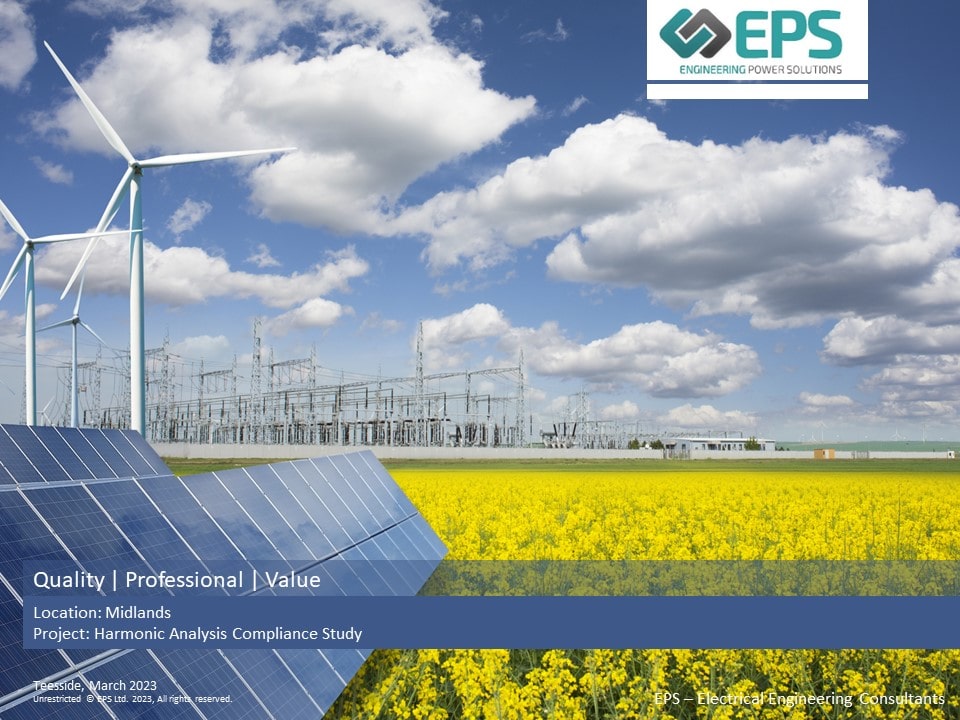Harmonic analysis is the process of mathematically analysing a signal in order to identify the individual sinusoidal components that make up that signal. In the context of power systems, harmonic analysis is a type of power system study used to identify the distortion of voltage and current waveforms caused by the presence of non-sinusoidal signals.

What Are Harmonics and Why Does Distortion Matter?
Simply put, harmonics are distortions of the sinusoidal waveform of an AC line signal. More technically, they are integer multiples of the fundamental frequency (50Hz in the UK National Grid) that are present in the waveform. The waveform can be distorted by the system itself, or by non-linear devices connected to it. In electronic devices, battery chargers, LED lighting, and computer equipment, for example, the waveform is often distorted as it passes through rectifiers and other power conversion devices.
The presence of harmonics can decrease the efficiency of power systems and cause problems with voltage levels and power factor. Over time, harmonics can also cause damage to networked equipment through overheating, reduced efficiency, and premature failure. As a result, it is important to understand how harmonics are generated and what measures can be taken to mitigate their damaging effects.
How Does Harmonic Analysis Work?
The goal of power system harmonic analysis is to determine the source and magnitude of harmonic distortion within the power system so that corrective measures can be taken to mitigate the effects of distortion.
Analysis typically involves conducting measurements at multiple points within the power system and then using mathematical techniques to identify and quantify the presence of harmonics, and their effect on its operation.
The method uses Fourier series decomposition and linear time-invariant (LTI) system theory to analyse the interactions between different frequency components within the electric power system.
There are three main components of power system harmonic analysis:
- Frequency domain analysis is used to calculate the magnitude and phase angle of harmonic components within an electrical system.
- Time domain analysis focuses on transient responses in the system over a period of time.
- Transfer function analysis examines how signals interact with a system’s components.
Applications
Power system harmonic analysis is primarily used for power quality monitoring, system design optimisation, and fault detection. It can also be used to identify sources of interference, analyse the impact of voltage sags and swells on circuit operation, and examine the effects of poor connections within a power grid. By using harmonic analysis, engineers and project managers can identify the causes of power quality problems and develop practical strategies to overcome them. Additionally, harmonic analysis is used in earthing protection systems to help improve system reliability.
Overall, power system harmonic analysis helps engineers maintain reliable and efficient operation across a wide range of electrical equipment, ensuring that their systems can handle the demands placed on them while avoiding costly problems.
Harmonic Mitigation
Harmonic mitigation will be recommended if the calculated harmonic voltages are excessive during the analysis. A bespoke solution will normally be required in order to reduce the harmonic quantities to an acceptable voltage level that is deemed safe to use.
What Next?
The EPS team is on hand to assist with a wide range of power systems studies, including bespoke harmonic analysis to meet your requirements for productivity and safety. For more information about our engineering power solutions, please contact us today.










